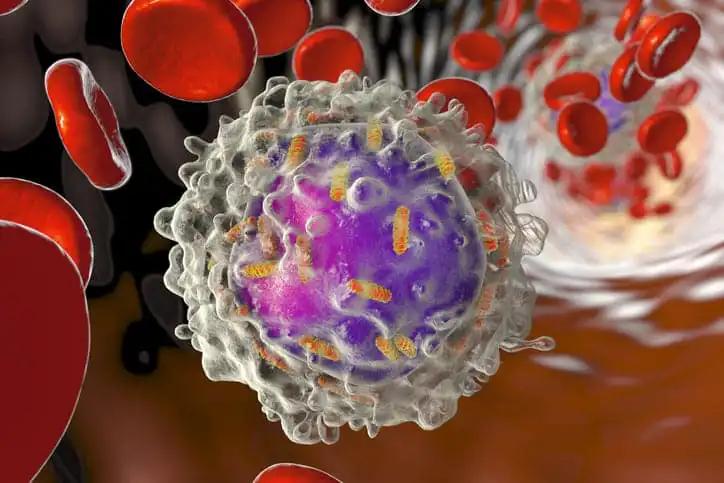KEY TAKEAWAYS
- The study aimed to investigate the global incidence and mortality rates of CL and their correlation with the HDI.
- Researchers noticed a positive correlation between the ASIR of CL and the HDI.
Childhood leukemia (CL) is a major global concern, accounting for 33% of all new cancer cases and 31% of all cancer deaths in children aged 0-14 years.
Abdollah Mohammadian-Hafshejani and the team aimed to analyze the global incidence and mortality rates of CL in 2020 and its relationship with the Human Development Index (HDI).
They performed an inclusive analysis of the 2020 cancer incidence and mortality data for children aged 0-14 years from the GLOBOCAN Project. They calculated the Age-Standardized Incidence Rate (ASIR) and Age-Standardized Mortality Rate (ASMR) of CL per 100,000 individuals. Pearson’s correlation coefficient was used to examine the association between CL ASIR, ASMR, and the HDI, with a statistical significance threshold of P<0.05.
About 67,008 new cases of CL were reported worldwide in 2020, with males accounting for 57.85%. The global ASIR for CL was 3.4 per 100,000 (3.9 in males, 3 in females). Additionally, there were 25,080 CL-related deaths, with males comprising 58.86%. The overall ASMR for CL was 1.3 (1.4 in males, 1.1 in females). A significant positive correlation (r = 0.405, P≤0.001) was found between the global ASIR and ASMR for CL. There was a strong positive correlation (r = 0.770, P = 0.001) between the HDI and CL ASIR, but no significant association (r = 0.077, P = 0.337) was observed with ASMR.
The study concluded that CL remains a significant health burden worldwide, with a positive correlation between the ASIR of CL and the HDI, suggesting that socioeconomic factors may influence CL incidence.
The study received no funds.
Source: https://pubmed.ncbi.nlm.nih.gov/38954710/
Mohammadian-Hafshejani A, Farber IM, Kheiri S, (2024). “Global incidence and mortality of childhood leukemia and its relationship with the Human Development Index.” PLoS One. 2024 Jul 2;19(7):e0304354. doi: 10.1371/journal.pone.0304354. PMID: 38954710.



